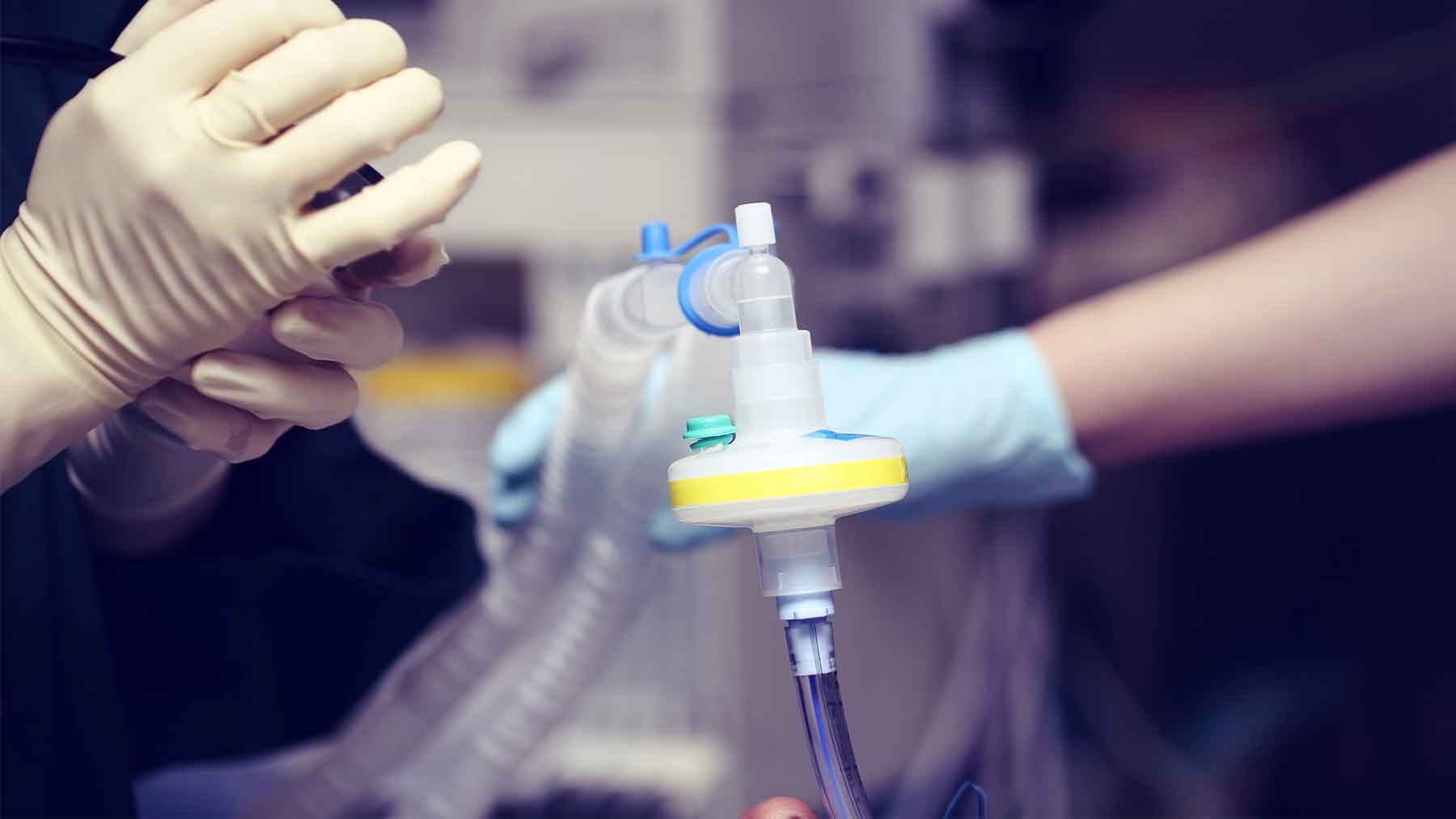The organs inside the human body are dedicated to specific functions and failure of any organ to perform its function may bring severe consequences and even risk life. Renal or kidney failure takes place when kidneys lose the ability to filter out excess fluid and waste products from blood. In case of renal failure, the body starts piling up toxins resulting in health complications, sometimes severe enough to transfer the patient to a ventilator.
Patients at the end stage of renal disease are recommended to go for dialysis, excreting waste and fluids from the body through machines. The survival rate of such patients with renal malfunction after going on a ventilator fluctuates due to factors like severity of the condition, underlying causes, patient’s immunity and treatment provided to the patient.
Let’s find out, considering some factors and statistical data, what are the chances of the survival of the patient after putting on ventilator with renal failure.
Statistic Data Regarding Survival Rate of Patients with Renal Malfunction
If we look for statistical insights regarding the survival of renal patients on ventilators, we get a nuanced picture. The death rate of dialysis patients, as per the US Renal Data System, has decreased in the last ten years but is still not satisfactory. The stats show that the annual mortality rate of patients on dialysis ranges between 15 to 20 %, however, patients having kidney transplants show better survival rates no matter if the donor is a deceased person or alive.
Factors Determining Survival Rate of Ventilated Patients With Renal Failure
There is a list of factors that can make the graph of mortality for kidney patients irregular including:
1- Severity of Illness
The basic metric of mortality rate of kidney patients is the stage or severity of the illness. The renal failure may be acute (ARF); sudden failure of kidney function, or chronic (CKD); gradual damage to kidney resulting in complete failure. Another alarming condition is End-stage renal disease (ESRD) which needs regular dialysis or kidney transplant.
The survival rate for ARF patients revolves around the basic cause of failure and the time when treatment started. Timely detection and treatment can improve the survival rate while the chances for hospitalized patients under intensive care and on artificial breathing support are higher. In the case of CKD, the survival rate gradually decreases as the illness progresses. When it comes to ESRD, survival hangs around the treatment provided to the patient; any negligence in treatment results in a grim.
2- Treatment Provided
Dialysis and kidney transplant are two possible prognoses for patients with renal failure. The general life expectancy rate of dialysis patients is up to 10 years, more in some cases but it depends upon the age, health condition of the patient, treatment, and precautions as suggested by the health provider. On the other hand, transplants may increase the life expectancy of the patients and offer a better quality of life as compared to dialysis patients.
However, some risks are associated with a transplant which may delay or hurdle the success of the transplant including donors’ compatibility and organ rejection if the health of the patient is not good enough to support the procedure.
Other Factors Affecting Mortality Rate of Ventilated Renal Failure Patients
Age and internal health of the patient coupled with lifestyle after treatment and adherence to the treatment protocols are some other factors that can fluctuate the survival rate of ventilated patients with renal disease. If the patient is a victim of hypertension, diabetes, and cardiovascular disease then the hopes of survival are fewer. Similarly, following the instructions of the physician regarding treatment, lifestyle and dietary restrictions can play a vital role in increasing the survival rate of the patient even after putting on ventilator.
- Also Checkout: Post Extubation Care Plan For Ventilator Patient
Summing up, renal failure can disturb the routine life of any patient leading to the use of ventilators or even death. However, the patient can survive and live a normal life if the problem is detected promptly and the patient receives the right treatment at the right time. Treatments like dialysis and transplants are more likely to improve the life expectancy of the patients however the goal is not survival only but also a better and near-to-normal life which can be attained by the patient’s lifestyle and adherence to treatment and precautions protocols. There is also hope in increasing the survival rate of ventilated patients with renal failure as research is on the go and technology is improving with every passing day.
Do You Need 24/7 Professional Care For Your Ventilated Patient?
BetterOptions is one of the top long term ventilator care centers in Vancouver, WA USA. We offer 24 hours a day, 7 days a week perfect ventilators care and home comfort for your ventilators patient. For further details, call (+01) (360) 607-8028 OR send an email.


